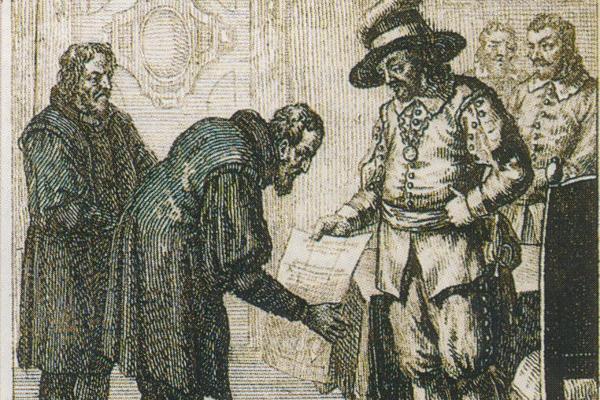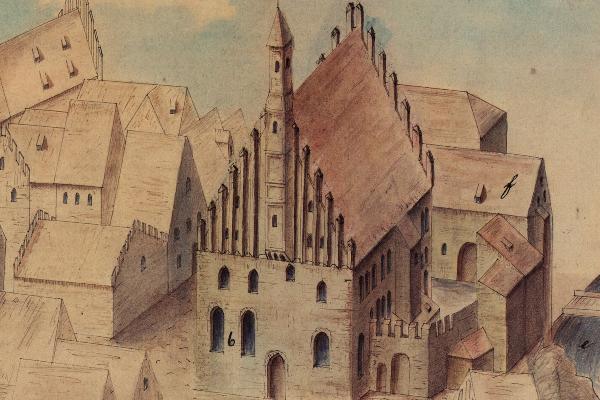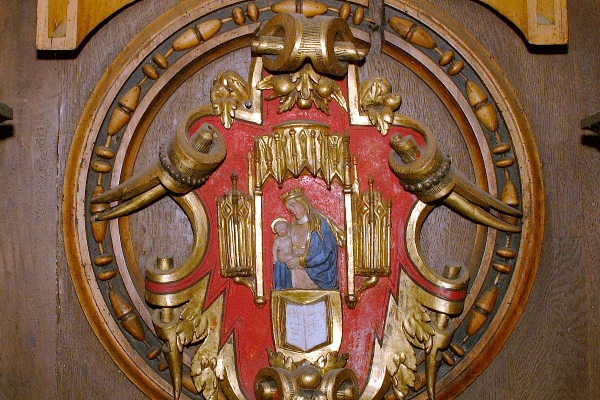The Hohe Schule founded by Duke Ludwig IX (the Wealthy) of Bavaria-Landshut in Ingolstadt in 1472 was the first university in the Altbayern region and the eleventh within the territories of the Holy Roman Empire. Its establishment thus falls in the second wave of university foundations in German-speaking lands, which also saw new institutions being set up in Freiburg/Breisgau, Basel and Tübingen.
In sponsoring the new university the Duke not only demonstrated his esteem for scholarship, but more particularly his territorial pragmatism. The University added to his prestige and could serve as a source of trained administrative officials for the developing early modern Bavarian State.
Several factors influenced the selection of Ingolstadt as the site of the new institution. The town had been the capital of the Duke’s domains until Bavaria-Ingolstadt was amalgamated into Bavaria-Landshut in 1447. In a sense, the foundation of the university was viewed as compensation for the resulting loss of status. In addition, Ingolstadt‘s central location, and its material and financial resources argued in its favor.
Until 1800, the Hohe Schule zu Ingolstadt was housed in the so-called Prebendary’s House (Pfründnerhaus). Its first Rector was Christoph Mendel von Steinfels, and the new University was organized into the usual four Faculties. All students first attended the Faculty of Liberal Arts – later the Faculty of Philosophy – before proceeding to one of the higher Faculties of Medicine, Law and Theology.



